Rodents are the largest and most diverse order of placental mammals, found worldwide. Their success is attributed to their small size, high reproductive rate, ability to inhabit diverse environments, and versatile diets. While often regarded as pests and disease carriers, rodents play vital roles in ecosystems as seed dispersers and as prey for many predators.
In this article, we introduce seven common types of rodents, detailing their unique features, habitats, diets, and ecological importance to help you better understand this fascinating animal group.
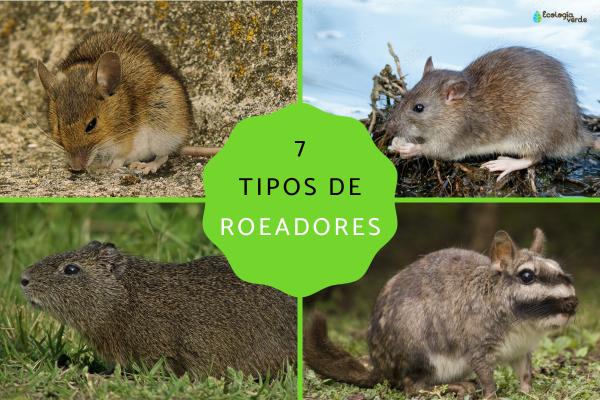
Varied Sizes: Rodents range from tiny mice to the giant capybara, with lengths from a few centimeters up to 130 cm and weights reaching 60 kilograms.
Dense Fur: Their coats vary from coarse to silky textures, typically camouflaged to blend into their environments.
Distinctive Teeth: They possess four large, ever-growing incisors (two upper, two lower) adapted for gnawing. The absence of canine teeth creates a gap called a diastema.
Diverse Diets: Most rodents are herbivorous, feeding on leaves, seeds, fruits, roots, and bark; some are omnivorous or insectivorous, and a few consume meat.
High Reproductive Rates: Females often have short gestation periods and multiple litters yearly; exceptions like capybaras have longer pregnancies and smaller litters.
Keen Senses: Rodents have highly developed olfactory and auditory senses, aiding in detecting predators and communication.
Broad Habitat Range: They inhabit virtually all ecosystems except Antarctica and a few isolated islands—from grasslands and wetlands to forests, deserts, and urban areas.
Ecological Roles: Rodents contribute significantly to seed dispersal and vegetation regeneration.
Widely associated with humans, the house mouse is small with soft fur, large rounded ears, and a long ringed tail. It is one of the world’s most notorious invasive species.
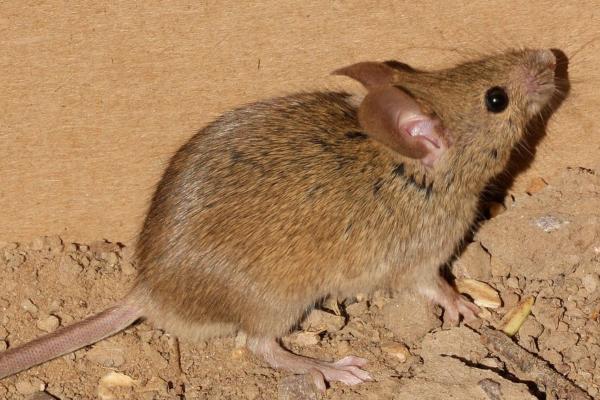
The largest common rat species, nocturnal and skilled at burrowing, with rough fur and faintly ringed tail. Prefers habitats near water sources.
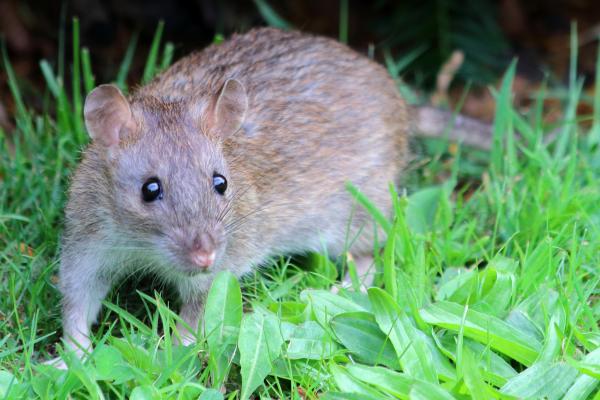
A social, diurnal herbivore from South America with brown-gray fur and a barely visible tail. It digs shallow tunnels.

The sole species in its genus, measuring up to 60 cm long. It has a large head, small ears, long whiskers, and dense fur. Nocturnal and lives in large groups within burrows. Hunting has drastically reduced populations.
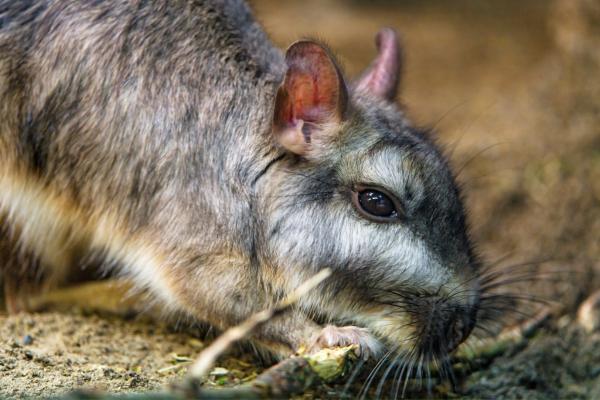
Also called the nutria, this large wetland rodent weighs up to 10 kg and measures about 60 cm. It has thick brown fur and orange-colored incisors, and is an excellent swimmer.
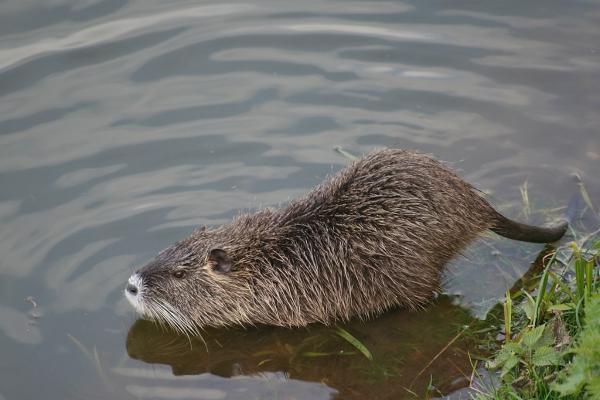
Robust and brown-furred, known as an environmental engineer for cutting trees and building dams. Considered invasive in some regions like Tierra del Fuego, Argentina.
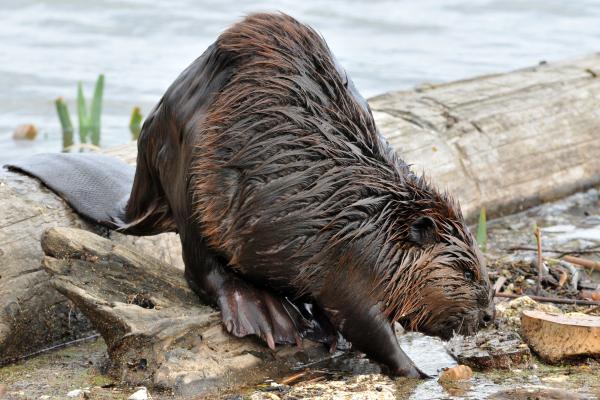
The world’s largest rodent, with a sturdy body, large head, short legs, and very short tail. It has reddish-brown fur, crepuscular habits, lives in groups in wetlands, and is a proficient swimmer.
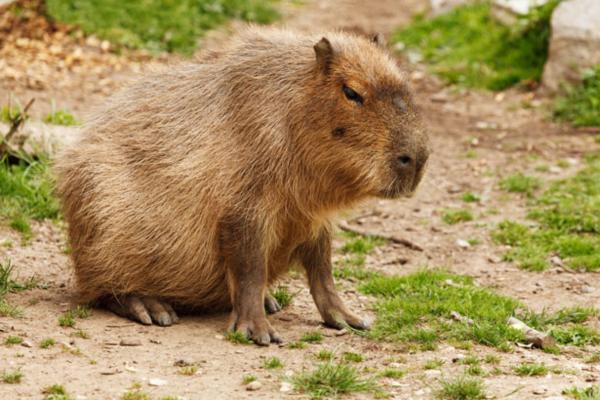
Rodents showcase remarkable diversity and adaptability, playing indispensable roles in maintaining healthy ecosystems.
Bibliography
Priotto, J., & Steinmann, A. (2003). Module I: Rodent Biology. Municipal Rodent Manual, Communicable Diseases Series.
Tzab-Hernández, L. A., & Macswiney-González, M. C. (2014). Rodents: Unwanted Pests or Useful Animals? Available at: https://www.uv.mx/personal/cmacswiney/files/2010/10/Tzab-y-MacSwiney_2014.pdf
animal tags: Rodents
We created this article in conjunction with AI technology, then made sure it was fact-checked and edited by a Animals Top editor.